Can You See Trichomoniasis Under Microscope ?
Yes, Trichomoniasis can be seen under a microscope. The causative agent of Trichomoniasis is a protozoan parasite called Trichomonas vaginalis, which can be visualized using a wet mount preparation of vaginal or urethral discharge. The parasite is pear-shaped and has four flagella that enable it to move around. Under the microscope, it appears as a motile organism with a jerky, tumbling motion. The diagnosis of Trichomoniasis is usually made by examining a sample of vaginal or urethral discharge under a microscope. The wet mount preparation is the most common method used to diagnose Trichomoniasis, although other tests such as culture and nucleic acid amplification tests (NAATs) are also available.
1、 Trichomonas vaginalis morphology
Yes, Trichomonas vaginalis, the parasite responsible for trichomoniasis, can be seen under a microscope. The morphology of T. vaginalis is characterized by its pear-shaped body, which measures approximately 10-20 micrometers in length and 5-10 micrometers in width. It has four anterior flagella and a single posterior flagellum, which it uses for motility. The flagella are also important for the attachment of the parasite to host cells.
Under a microscope, T. vaginalis can be visualized using a wet mount preparation or stained with specific dyes such as Giemsa or Wright stain. The parasite can be observed moving rapidly in a jerky, erratic manner due to its flagella. The characteristic pear-shaped body and flagella are important diagnostic features that can help distinguish T. vaginalis from other microorganisms.
Recent studies have also shown that T. vaginalis exhibits considerable genetic diversity, with different strains showing variations in their morphology, virulence, and drug resistance. This highlights the importance of accurate diagnosis and appropriate treatment of trichomoniasis, as different strains may respond differently to different drugs. Overall, microscopy remains an important tool for the diagnosis and study of T. vaginalis and trichomoniasis.
2、 Wet mount preparation for diagnosis
Yes, trichomoniasis can be seen under a microscope through a wet mount preparation for diagnosis. A wet mount preparation involves placing a sample of vaginal discharge or semen on a slide and adding a drop of saline solution. The sample is then examined under a microscope to look for the presence of Trichomonas vaginalis, the parasite that causes trichomoniasis.
Trichomoniasis is a sexually transmitted infection that affects both men and women. It is one of the most common sexually transmitted infections worldwide. The symptoms of trichomoniasis include vaginal discharge, itching, and pain during sex in women, and discharge from the penis in men. However, many people with trichomoniasis do not experience any symptoms.
While wet mount preparation is a common method for diagnosing trichomoniasis, it is not always reliable. The sensitivity of wet mount preparation varies depending on the quality of the sample and the experience of the person examining it. In some cases, the parasite may not be visible under the microscope, leading to a false negative result.
In recent years, other diagnostic methods have been developed to improve the accuracy of trichomoniasis diagnosis. These include nucleic acid amplification tests (NAATs), which detect the genetic material of the parasite, and antigen tests, which detect proteins produced by the parasite. These tests are more sensitive and specific than wet mount preparation and can detect trichomoniasis even in people who do not have symptoms.
In conclusion, while wet mount preparation is a traditional method for diagnosing trichomoniasis, it is not always reliable. Other diagnostic methods, such as NAATs and antigen tests, are now available and offer improved accuracy in detecting trichomoniasis.
3、 Culture-based detection methods
Yes, trichomoniasis can be seen under a microscope. Culture-based detection methods are commonly used to diagnose trichomoniasis. In this method, a sample of vaginal discharge or urine is collected and cultured in a laboratory. The culture is then examined under a microscope to detect the presence of Trichomonas vaginalis, the parasite that causes trichomoniasis.
However, culture-based detection methods have some limitations. They are time-consuming and require specialized laboratory equipment and trained personnel. Additionally, the sensitivity of culture-based methods can vary, and false-negative results can occur.
Recently, molecular-based methods such as polymerase chain reaction (PCR) have been developed for the detection of trichomoniasis. PCR is a highly sensitive and specific method that can detect even low levels of Trichomonas vaginalis DNA in clinical samples. PCR-based methods have been shown to be more sensitive than culture-based methods and can provide results in a shorter time frame.
In conclusion, while culture-based detection methods can be used to see trichomoniasis under a microscope, molecular-based methods such as PCR are becoming increasingly popular due to their higher sensitivity and faster turnaround time.
4、 Nucleic acid amplification tests
Nucleic acid amplification tests (NAATs) are highly sensitive and specific tests used to detect the genetic material of pathogens, including Trichomonas vaginalis, the causative agent of trichomoniasis. These tests are considered the gold standard for the diagnosis of trichomoniasis and are more accurate than traditional microscopy.
While trichomoniasis can be seen under a microscope, it is not always easy to detect. The organism is small and can be easily missed, especially if the sample is not properly prepared or stained. Additionally, other organisms may be present in the sample, making it difficult to distinguish trichomonads from other microorganisms.
NAATs, on the other hand, are highly specific and can detect even small amounts of T. vaginalis DNA in a sample. These tests are also less dependent on the skill of the technician and can be automated, reducing the risk of human error.
In recent years, there has been a growing interest in using point-of-care NAATs for the diagnosis of trichomoniasis. These tests can provide rapid results, allowing for same-day treatment and reducing the risk of transmission. However, more research is needed to determine the accuracy and feasibility of these tests in different settings.
In summary, while trichomoniasis can be seen under a microscope, NAATs are the preferred method for diagnosis due to their high sensitivity and specificity. The use of point-of-care NAATs may offer a promising approach for the rapid diagnosis and treatment of trichomoniasis.










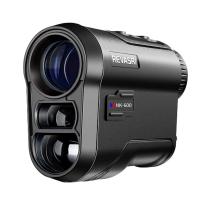
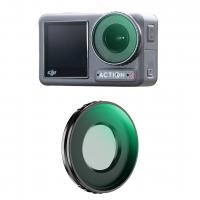





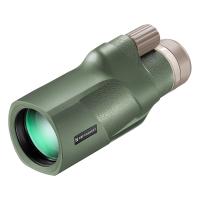

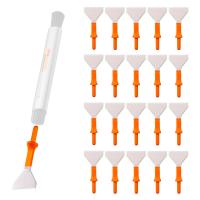


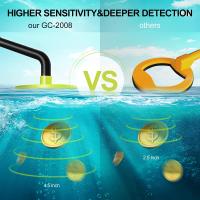

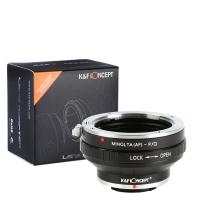
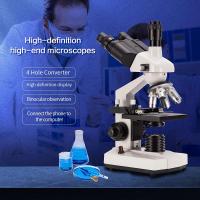

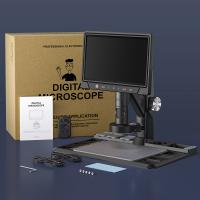

There are no comments for this blog.